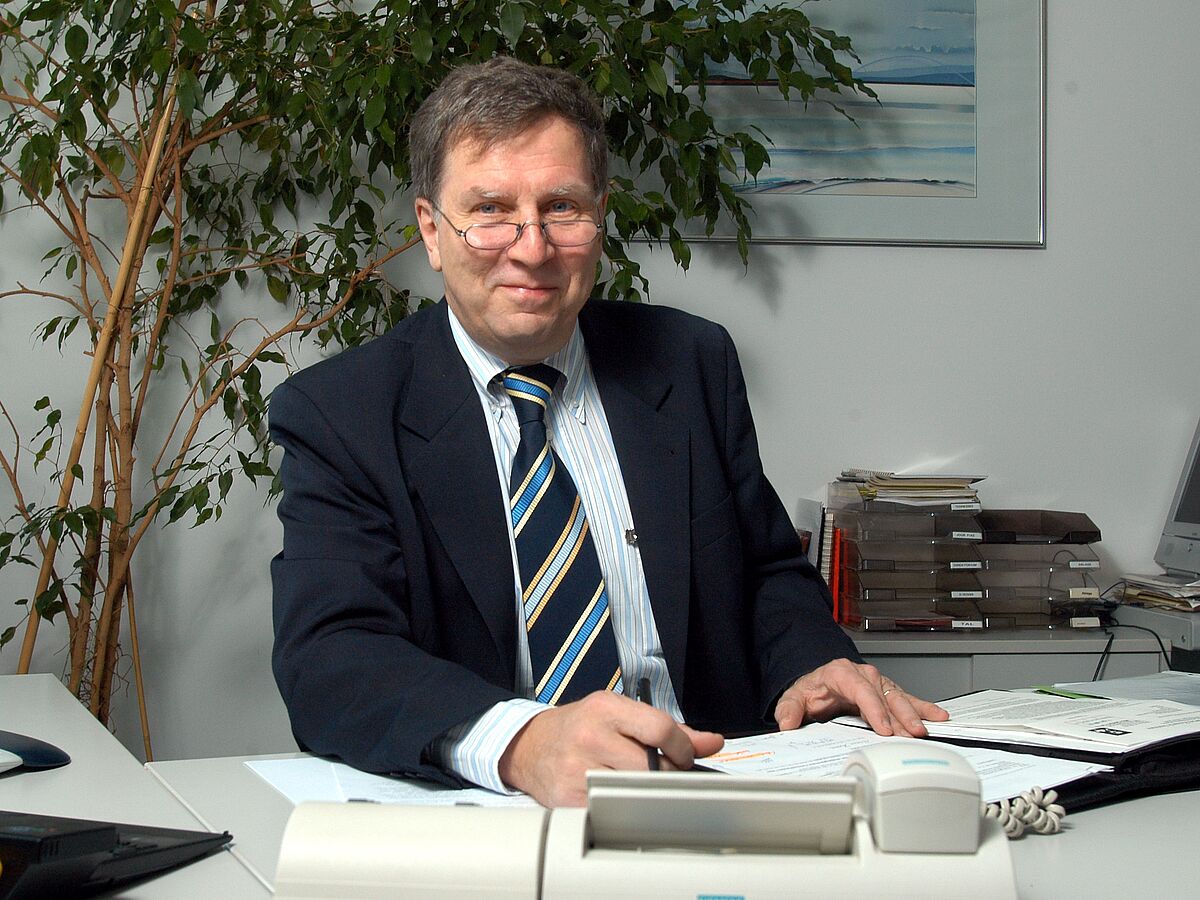The Forschungsverbund Berlin e.V. (FVB) mourns the loss of laser physicist Prof. Dr. Wolfgang Sandner. On December 5th, he died unexpectedly at the age of 66. Wolfgang Sandner shaped the development of the Max-Born-Institute for Nonlinear Optics and Short Pulse Spectroscopy (MBI) where he was one of the three directors from 1993 until 2013.
For Marc Vrakking, Chair of the FVB’s board of directors and director at the MBI, an outstanding scientist who created significant opportunities for European laser physics in the political arena, has passed away far too soon. “Wolfgang Sandner strongly believed that the necessary facilities of an Extreme Light Infrastructure (ELI) could only be established through a common European effort”, said Vrakking. “His death came absolutely unexpected – I met with him only two weeks ago, when he talked to me enthusiastically about his work and plans as the Director General of ELI.” As recently as the middle of October, Sandner could witness the inauguration of the ELI-Beamlines facility in Dolní Břežany, in the Czech Republic.
Wolfgang Sandner studied physics at the University of Freiburg, where he graduated with a PhD in atomic physics in 1979. Soon he began to focus on laser physics. After he held chairs at the universities of Wuerzburg, Freiburg and Knoxville (Tennessee) he joined the MBI in 1993 and obtained a chair in physics at the Technische Universität Berlin. During his time at the MBI, Prof. Sandner performed pioneering experiments on the quantum three-body Coulomb problem in highly excited atoms and he investigated laser-matter interactions in strong laser fields. In addition, he worked on the development of ultrashort and high intensity UV- and x-ray lasers.
From 2003 to 2013, he coordinated the integrated infrastructure initiative Laserlab Europe, a collaboration of Europe’s 30 largest laser research facilities, and as such promoted European laser physics. From 2010 to 2012, Sandner was the President of the Deutsche Physikalische Gesellschaft (DPG). Since 2013, he coordinated the development of the Extreme Light Infrastructure (ELI) as Director General of the ELI-Delivery Consortium. In planned ELI facilities in Rumania, Hungary, and the Czech Republic, as well as at a further location not yet named, the highest intensity lasers of the world will be used.


